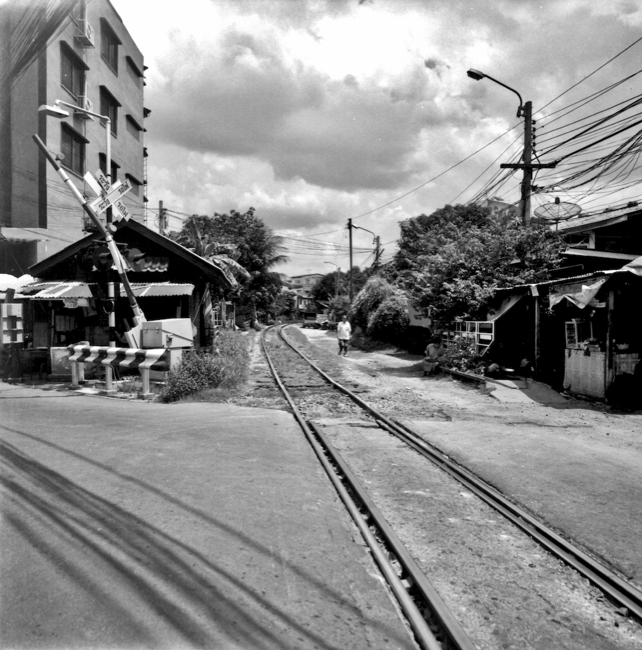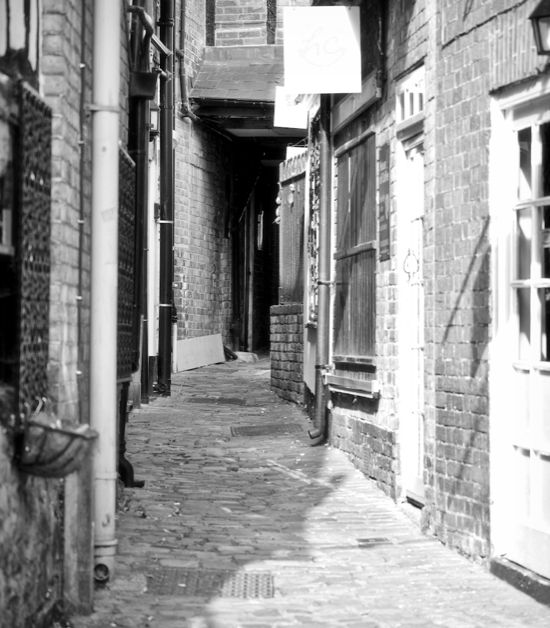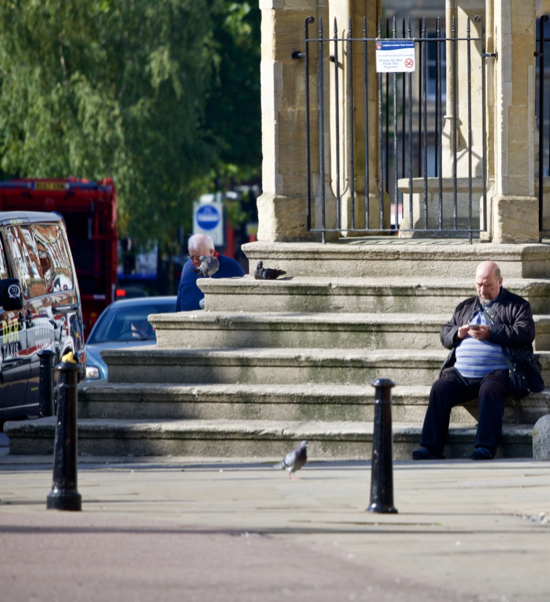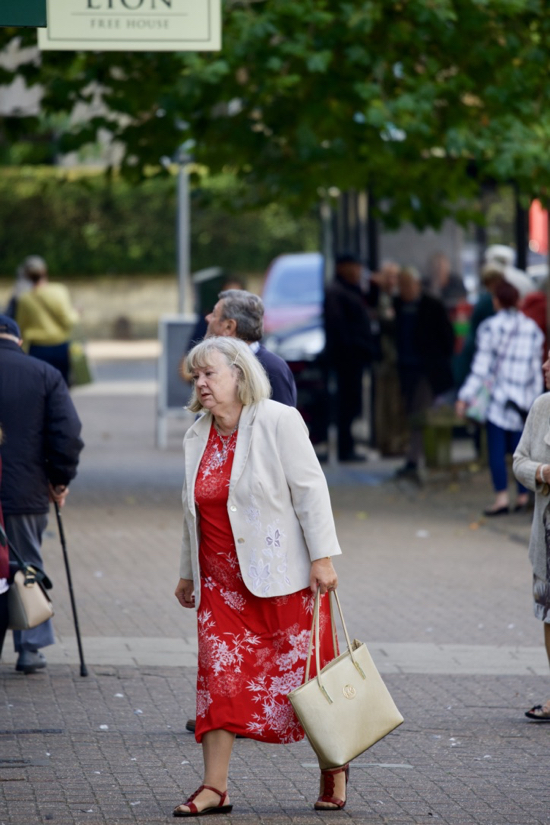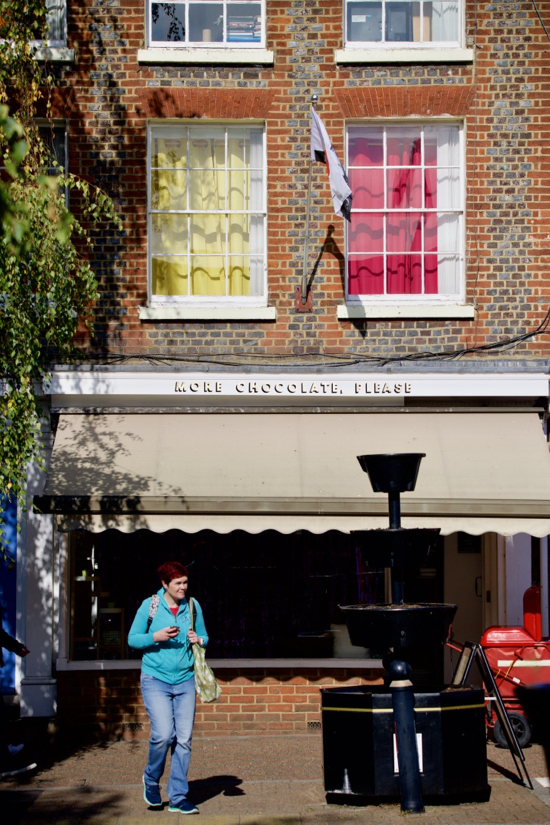|
|
eXtensions - Travels with Cameras, a Mac and an iPhone (1): Return to UKBy Graham K. Rogers
With a flight out of Bangkok at 11.30 am and the 3-hour check-in these days, that put me in line for a trip across Bangkok at a time when traffic was likely to be heavy. Many taxi drivers do not like to accept fares to Suvarnabhummi so I planned for an earlier than early trip. I ate little Tuesday night, and finished up my Wednesday File before going to bed at around 8pm. Mercifully I slept well and was awake around 4am so had the time to read the news over breakfast. Among the items I read was an interesting article by Sebastian de With (PetaPixel), who is not only one of the developers of the excellent iOS app, Halide, but someone who writes extensively on photography with the iPhone (and other cameras), particularly on the use of RAW: some call this the digital negative. As well as Halide, I have a number of other iOS apps that take advantage of the RAW API, like the underrated DSLR Camera, Pro Camera, and Manual. Each will produce similar output of RAW files, but interfacing is different. In the end it is the user's preference that will decide, but each has its own charm. DSLR Camera, for example was developed in Sicily and a number of Italian words are used for controls (Z and W for x1 and x2 lens selection). There is also 645 Pro which brings the look of a real camera to iOS. Michael Hardaker, who had earlier developed the 6x6 and 6x7 apps which reference medium format camera outputs. Later came Pure Shot, another app with greater controls. I see this as a stepping stone to 645 Pro which has a high degree of sophistication. A user may select different resolutions, several film emulations (colour and Black & White), and filters. Originally output from 645 Pro was in TIFF (or JPG), but when Apple released the API for RAW, that was included in an update. I credit this app with my own resurgence of interest in film and medium format. While I first looked at the twin lens reflex Rolleiflex cameras, I eventually decided on a Hasselblad and picked one up for a reasonable price in Bangkok.
Rollei 400 (left) and Ilford PanF5 Plus film
In online searches I found a keen supplier in Hong Kong - Camera Film Photo - who show a good selection of films, some of which I had not heard of. I saw some Ilford PanF5 Plus (ISO 50) which I had never tried before and was pleasantly surprised with the results. Light in Bangkok serves well for film with low ISO.
The results were far better than I had expected, so when I was down to the last couple of rolls, I ordered 10 more. As soon as the pack arrived (again via FedEx), I took one out, with one of the earlier batch. The older roll was good like before, but the new roll had light streaks across the entire negative, top to bottom. A few days later I ran a second shoot using the new batch and the results were like before: clear, sharp, and with no unwanted light effects. I packed my Hasselblad and headed for the airport.
See also:Travels with Cameras, a Mac and an iPhone (2): The Dance of the Red KitesTravels with Cameras, a Mac and an iPhone (3): Bells in the Streets Travels with Cameras, a Mac and an iPhone (4): Live Railway Museum Visits Travels with Cameras, a Mac and an iPhone (5): Linton Zoo Travels with Cameras, a Mac and an iPhone (6): Walks in the Country; Apple Watch 4; a Delayed Flight Home<>/a>
Graham K. Rogers teaches at the Faculty of Engineering, Mahidol University in Thailand. He wrote in the Bangkok Post, Database supplement on IT subjects. For the last seven years of Database he wrote a column on Apple and Macs. After 3 years writing a column in the Life supplement, he is now no longer associated with the Bangkok Post. He can be followed on Twitter (@extensions_th) |
|

